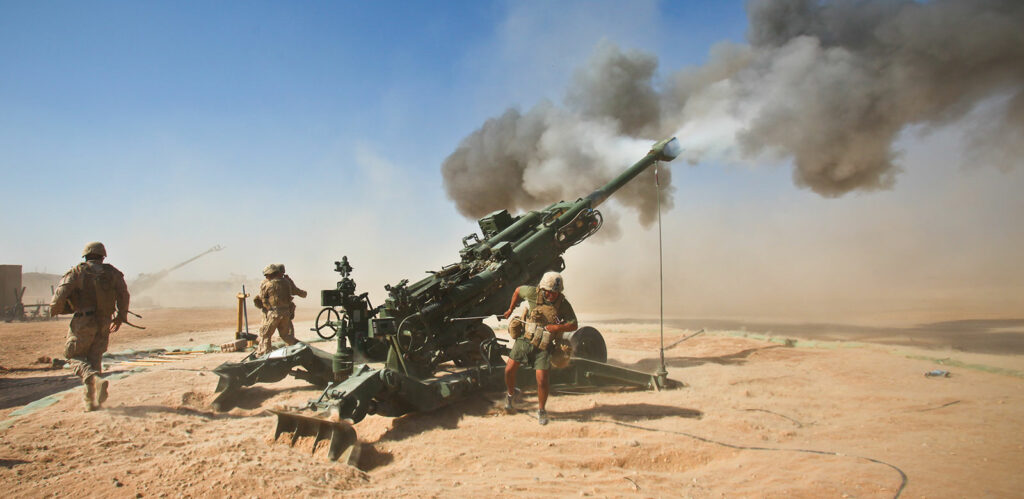The US Army is seeking potential manufacturers for the 155mm Extended Range Artillery Projectile.
Manufacturers based in the US and Canada are being sought for the initiative, including design, qualification, and production.
Low-rate production is expected by the second quarter of fiscal 2029, and initial operational capability by fiscal 2030.
The initial annual production rate is planned at 300 rounds, ramping up to 1,500 by the sixth year.
Non-GPS Navigation
The projectile is expected to attack moving targets — such as main battle tanks, self-propelled howitzers, multiple rocket launchers, air defense targets, and maritime targets — farther than current shells.
According to the army’s requirements, it should be able to operate in a GPS-denied environment using a non-GPS navigation system.
Moreover, it should be compatible with current and future weapon systems, including the fielded 39 caliber and 52 caliber cannons.
Extended Range Artillery Projectile
With the 39 caliber cannon, the minimum expected range is 65 kilometers (40 miles), while with the 52 caliber gun it should be over 70 kilometers (43 miles).
The US Army’s standard 155mm M982 Excalibur round can strike a target around 40 kilometers (25 miles) away.
The army’s effort to enhance the 155mm projectile’s range received a setback earlier this year with the cancellation of the Extended Range Cannon Artillery (ERCA) program over engineering challenges.
The 30-foot (9-meter), 58-caliber cannon was intended to have an operational range of 70 kilometers (43 miles).


Course Correction
Projecting the service’s course correction in light of the ERCA setback, deputy chief of staff for programs Lt. Gen. Karl Gingrich said, “We can get ranges and lethality that are required in division lethality by innovating at the round as opposed to going and procuring an entirely new system.”
“Rather than get a longer gun tube, there [are] technologies out there and many of your companies represent those technologies that allow us existing cannon configurations, whether it’s 39 caliber, 52 caliber or whatever, 52 being the NATO kind of standard these days.”


